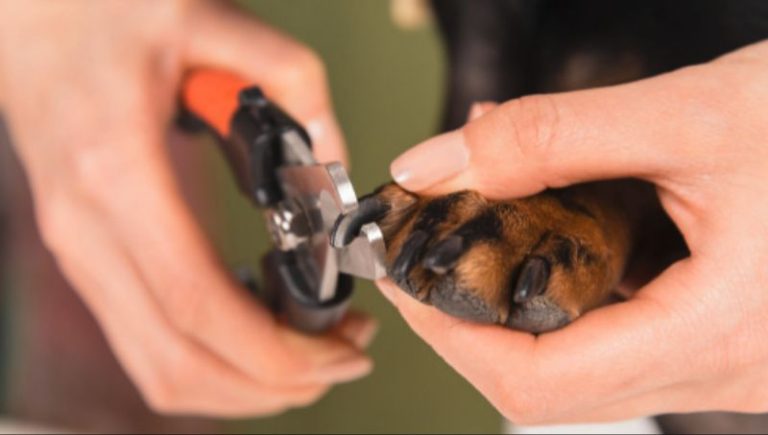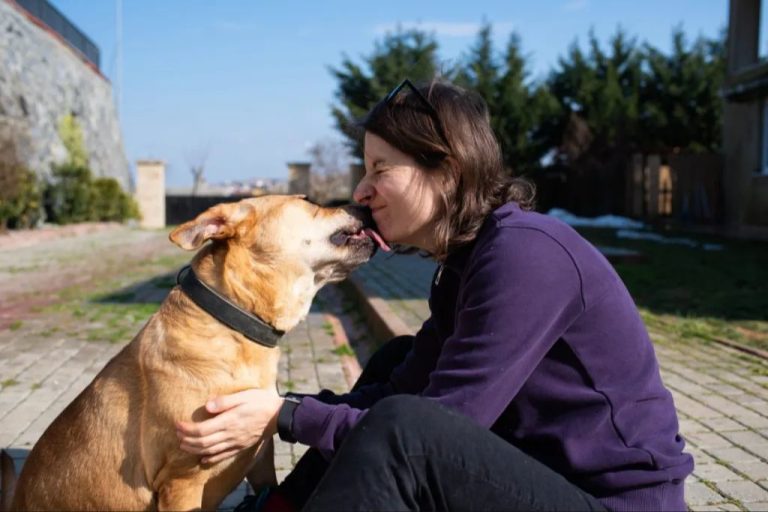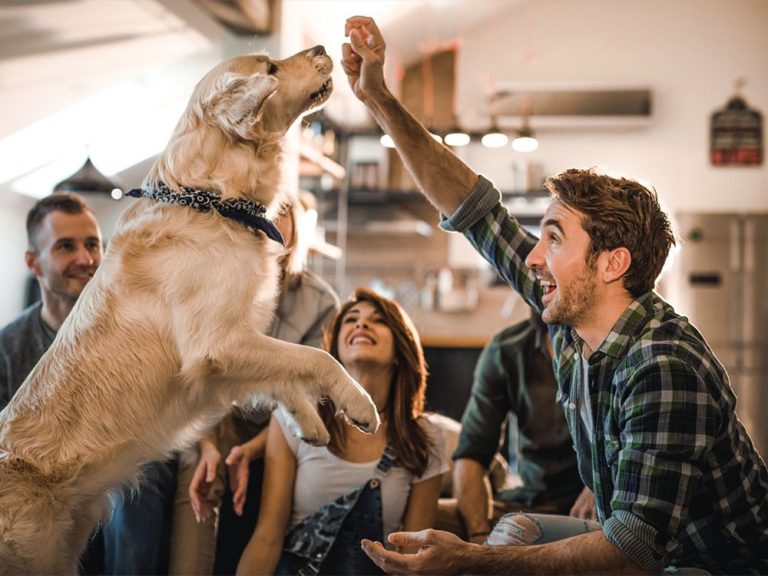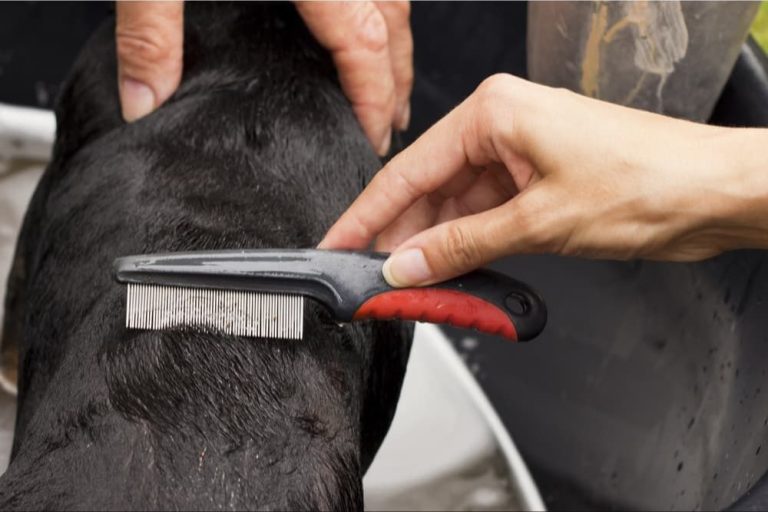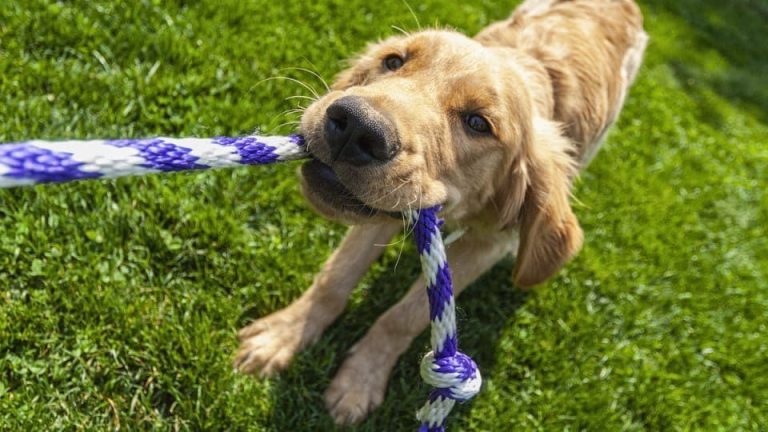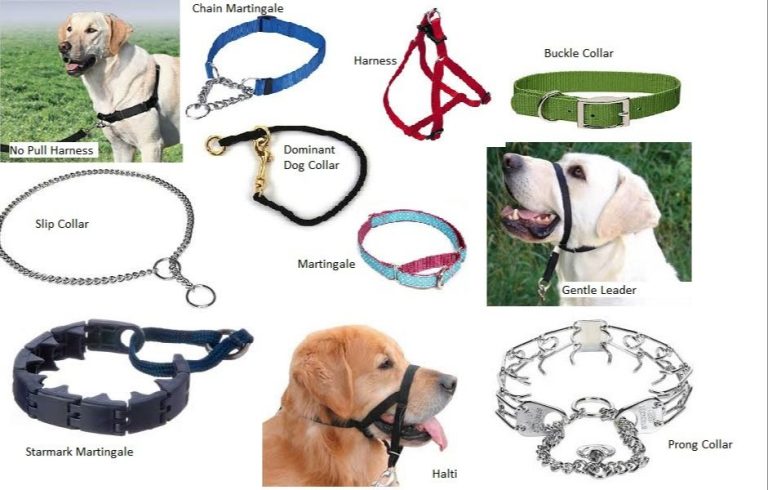Puppy-Proofing Your Home: A Beginner’S Guide
Puppy-proofing your home is the process of making your house safe for your new puppy by removing potential dangers and restricting access to certain areas. It’s an essential step when bringing a new puppy home, as puppies are naturally curious and can get into trouble very quickly.
Puppies use their mouths to explore, which means they may chew on and swallow dangerous items. They also have small bodies and weaker immune systems, so things that may not seriously harm an adult dog could make a puppy very sick. Puppy-proofing protects your pup’s health and safety.
When puppy-proofing, you’ll want to look at all areas of your home, including rooms, hallways, stairs, balconies, the yard, garage, shed, etc. Key things to focus on are removing hazards like chemicals or choking dangers, blocking access to places like balconies or the garage, covering outlets, hiding wires and hiding tempting items like shoes or trash.
Puppy Behavior
Puppies like to chew, nip, explore with their mouths, and have a ton of energy. This is all normal puppy behavior as they learn about the world through their mouths and get their energy out through play.
Chewing and mouthing objects is a common way puppies explore. Their teeth are coming in during this stage which also creates discomfort and an urge to chew. Providing plenty of safe chew toys can help divert your puppy from chewing on furniture or shoes (Understanding Normal Puppy Behavior). Rotate toy options to keep your puppy interested.
Puppies may also gently nip or “mouth” hands and limbs while playing. It’s important not to punish this behavior too harshly, as your puppy is still learning. Redirect them to chew toys instead and use timeout if they get too rough. With consistent training, puppies can learn when biting is appropriate and when it crosses the line (How to Handle Four Common Puppy Behavior Problems).
Puppies have a surplus of energy and will need outlets to run around and play. Take them on walks, play fetch, or enroll in a puppy playgroup or training class. Getting their physical and mental exercise needs met will lead to a calmer, happier pup.
Remove Hazards
When bringing a new puppy home, it’s important to remove any potential hazards from the environment. Puppies are naturally curious and will want to explore and chew on anything they can get their mouths on. Small objects on the floor like coins, buttons, paper clips, rubber bands, and small toys pose a choking risk if swallowed by puppies (https://www.akc.org/expert-advice/puppy-information/puppy-proofing-tips-for-your-home-and-yard/). Go through each room and pick up any small objects on floors, tables, and counters and store them out of reach of the puppy.
Many common houseplants like lilies, azaleas, oleander, and sago palms are toxic to dogs, even in small amounts (https://pupford.com/puppy-proofing-tips/). Remove any potentially poisonous plants from the puppy’s access or place them in a room the puppy cannot get into. Invest in pet-safe plant alternatives if you want greenery in the puppy’s areas.
Exposed electrical cords pose a major hazard as puppies may chew on them and risk electrocution or damage to the cord. Tape down or cover any exposed cords to prevent access. Use cord organizers and wraps to bundle loose cords out of reach (https://www.petsbest.com/blog/how-to-puppy-proof-home/).
Keep any items that could pose a choking risk like toys with small parts, rawhide chews, bones, etc. out of reach of the puppy. Provide only pet-safe chew toys meant for puppies. Monitor the puppy when playing with any toys or chews.
Secure Cabinets & Doors
One of the most important parts of puppy-proofing your home is securing cabinets and doors that contain anything potentially dangerous for your puppy. Puppies are curious creatures and will explore with their mouth, so you’ll want to install baby locks or latches on any cabinet doors to prevent access.
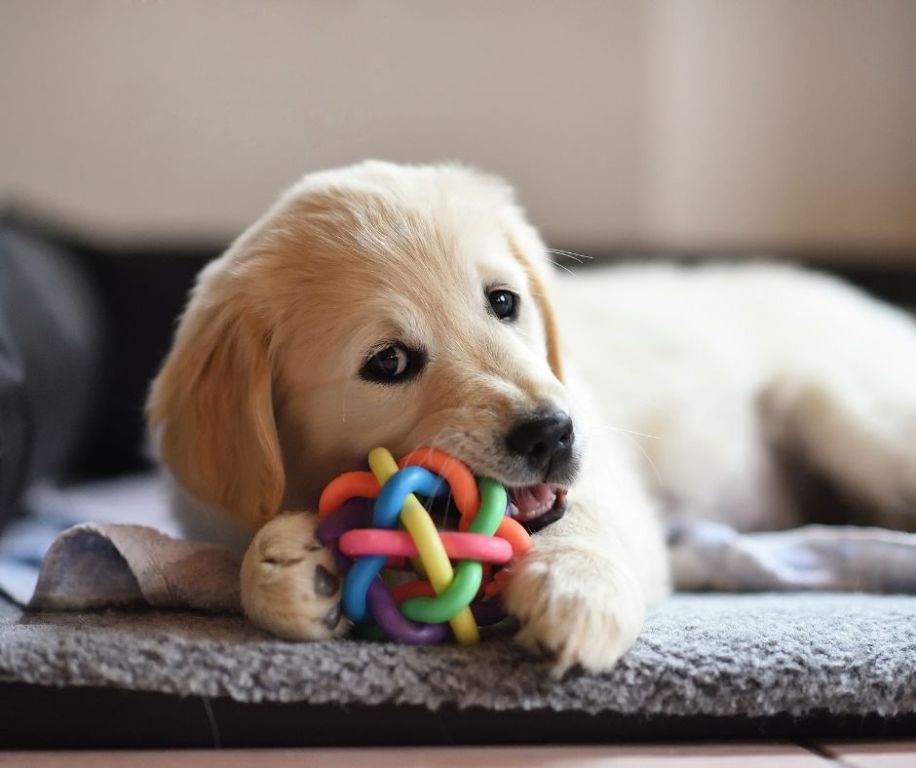
According to Cabinet Locks For Dogs, adjustable straps and latches that attach to cabinet knobs and drawers are easy to install and provide an effective barrier. You’ll also want to keep pantry doors and any cabinets containing chemicals or cleaners securely locked. Store any toxic supplies up high or in a locked utility closet.
As recommended by North States Industries, grip and glide cabinet locks are universal, tool-free options to prevent pets from accessing cabinets. Take the time to explore and secure any doors in your kitchen, bathroom, or laundry room that contain anything potentially unsafe if chewed or ingested.
Block Off Areas
One of the most important steps when puppy proofing your home is to block off areas that could be dangerous or that you don’t want your puppy accessing yet. The kitchen, stairs, and bedrooms should be made off-limits to start.
The best way to block these areas is to use baby gates. Look for tall, sturdy gates that your puppy won’t be able to climb over or squeeze through. Pressure mounted gates are easy to install and remove. For the kitchen, consider a gate with a door so you can still easily access the space.
Use gates to block stairs, especially if they are open or don’t have backs on them yet. You don’t want your curious puppy tumbling down. Block stairs at both the top and bottom for the most security.
Bedrooms often have dangers like outlets, cords, shoes, and small objects. Use gates to keep your pup out until you’ve adequately puppy proofed the space. Your own bedroom can be a safe, quiet place for your pup for naps and bedtime once properly secured.
Gates are essential for controlling access and confining your puppy to safe zones while you aren’t actively supervising. Look for adjustable gates that can block a variety of openings. Extend gate coverage as your puppy becomes familiar with more areas of your home.[1]
Choose Safe Toys
When selecting toys for your new puppy, focus on durable chew toys made of nylon or hard rubber that are designed for teething puppies. The AKC recommends artificial bones and balls made from hard nylon or rubber as great starter toys for puppies [1]. These types of toys can withstand puppy chewing and provide mental stimulation.
Look for toys with uneven surfaces that help remove plaque from emerging teeth. The Human Society suggests avoiding toys with small parts that could come loose and pose a choking hazard [2]. Prioritize safety and supervision during all toy play.
Introduce interactive toys like food puzzle toys that motivate mental stimulation. Food puzzles that require manipulation to access kibble or treats prevent boredom and provide an outlet for natural chewing instincts [3]. Rotate toy selection to keep your pup engaged and interested.
Puppy-Friendly Home Materials
When puppy-proofing your home, it’s important to choose durable flooring and home materials that can withstand chewing, scratching, accidents, and high traffic. Avoid plush rugs and fabrics which are difficult to clean and easy to destroy.
Hard, non-porous flooring like vinyl, tile, or laminate is a good option, as spills and accidents can be easily wiped up. You’ll also want to avoid loose cables and wires which are irresistible chewing targets for teething puppies. Consider cord covers or clipping wires to baseboards.
For furnishings, leather, vinyl, or microfiber are ideal as they are easy to clean and less prone to tearing [1]. Stain-resistant fabrics formulated for pets are also available. Simple, durable furniture without ornate legs or edges tends to withstand puppy antics best.
Browse pet stores for toys and accessories designed to be chewed on, like nylon chews or rope toys. Provide appropriate outlets for natural puppy behaviors.
With some preparation, you can maintain both your home’s beauty and your puppy’s safety.
Create a Safe Space
Designating a specific safe space for your puppy is an important part of puppy-proofing. This article recommends setting up a den-like area your puppy can retreat to when overwhelmed. This is especially useful for puppies prone to anxiety or those adapting to a new home.
The main options for safe spaces are a crate, playpen, or puppy-proofed room. Crates provide security and limit access to household dangers. They should be large enough for your puppy to stand, turn around, and lie down. Playpens allow more space while still restricting access. Puppy-proofed rooms are good for supervised playtime and naps.
Place your puppy’s safe space in a low-traffic area away from commotion. Include bedding, toys, water, and pee pads if not potty trained yet. The space should feel like a comfort zone where your puppy can relax and destress when needed.
Exercise & Training
Giving your puppy adequate physical and mental exercise is crucial to preventing destructive behaviors like chewing and barking from boredom. Puppies have a lot of pent up energy and get restless when they don’t have a proper outlet for play and exercise. Getting your puppy on a consistent daily exercise routine helps satisfy their energetic needs.
Take your puppy on structured walks 2-3 times per day. Start with short 10-15 minute walks and increase the duration as they get older. Make sure not to overdo it too early as too much exercise can be hard on developing joints. Include both heel walking and allowing them to sniff and explore on these walks. Additionally, have several play sessions throughout the day alternating between active play like fetch or tug-of-war and calm play like a stuffed Kong. Interactive puzzle toys are great mental stimulation as well.
Obedience training is very mentally tiring and burns energy. Work on basic commands like sit and stay starting early. Attend a puppy kindergarten class for early socialization. Set aside 15 minutes daily for training sessions using positive reinforcement techniques.
With the proper amount of daily physical and mental exercise, your puppy will be content and sleep through the night.
Be Patient & Consistent
Puppy-proofing your home requires a great deal of patience and consistency. Puppies are naturally curious, energetic, and mischievous, which can try any owner’s nerves. However, reacting harshly or impatiently can make training more difficult [1]. Instead, be prepared for accidents and damage – they’re an inevitable part of puppyhood. Simply clean up calmly and show your puppy what is appropriate to chew or play with. Reinforce good behaviors more than punishing bad ones.
Set aside time every day for training using positive reinforcement. Keep rules and routines consistent. It takes months for puppies to reliably learn good manners and obedience. Persist with training and your puppy will be better behaved in the long run. If you feel overwhelmed, take a timeout to refocus. Consult a trainer if problems persist. With dedication and care, your puppy will mature into a well-adjusted dog.

